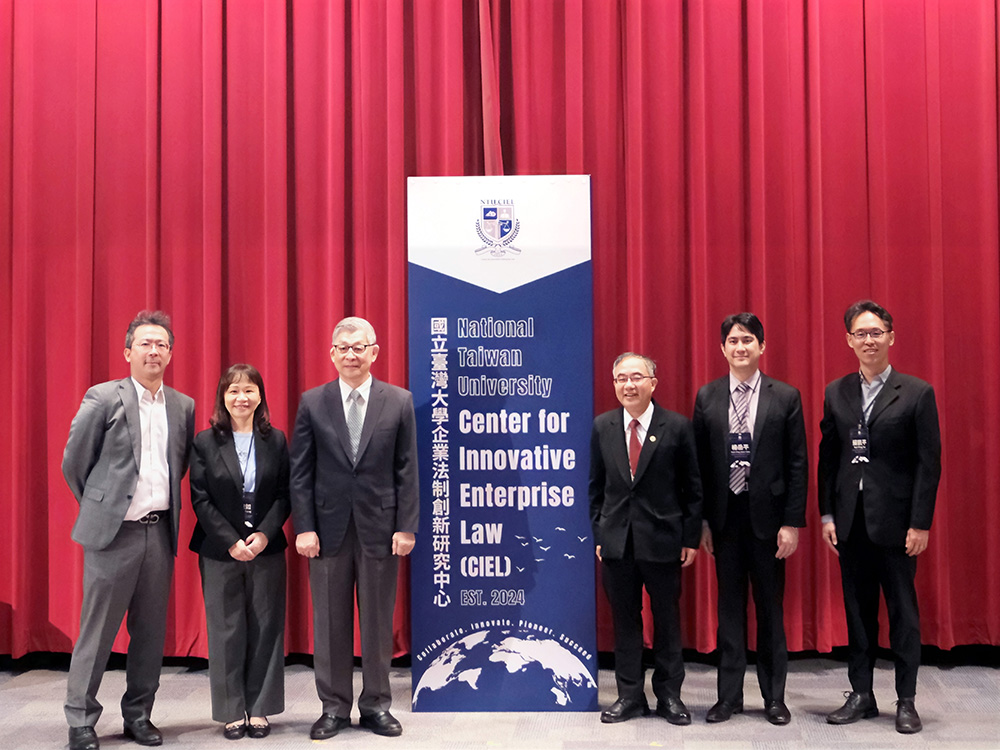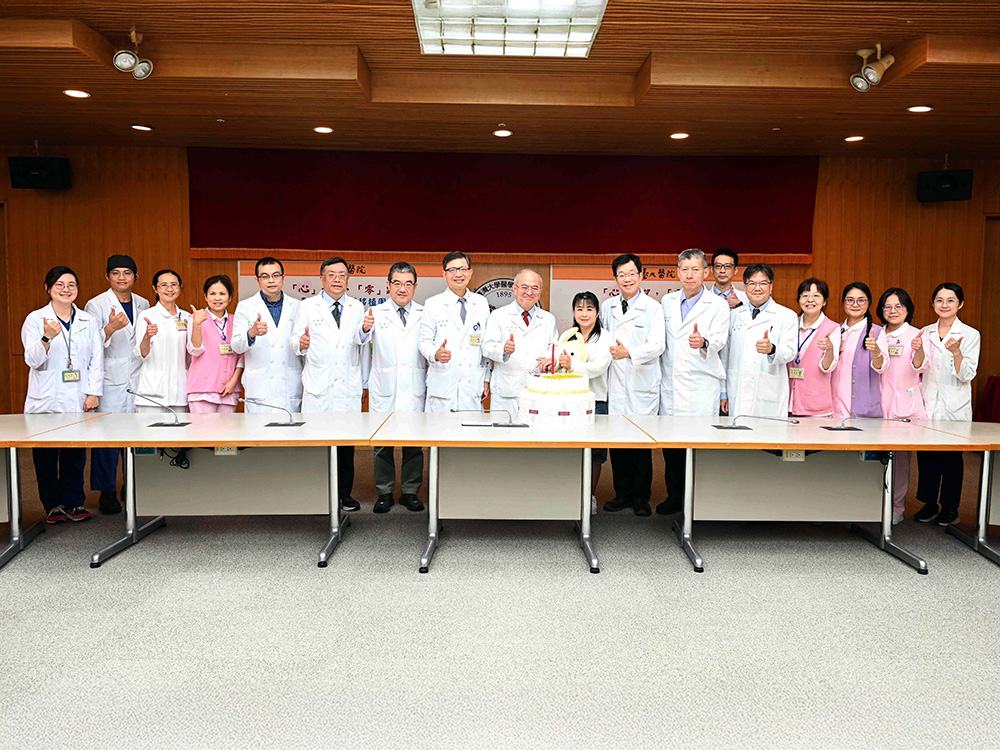
A Distinguished Global Research Center Established at NTU under Trilateral Cooperation
瀏覽器版本過舊,或未開啟 javascript
請更新瀏覽器或啟用 javascript
Spotlights
TERRA maintains DNA G4 near TSS
Epigenetic regulation is a crucial mechanism for regulation of gene activity, and the process includes changes in DNA modification, DNA structure, histone modification and association of non-coding RNAs. The majority of the human genome is transcribed into long non-coding RNAs (lncRNA). Some lncRNAs have been implicated in a wide range of developmental processes and human diseases. Dr. Hsueh-Ping Chu and her team in the Institute of Molecular and Cellular Biology discover a new mechanism of long non-coding RNA in epigenetic regulation.
The genome consists of non-B form DNA structures such as G-quadruplexes (G4), which are stacked guanine tetrads and are involved in regulation of transcription activity by recruiting transcription factors. TERRA, a long non-coding RNA with telomeric repeat sequences, can fold into an RNA G-quadruplex and interact with chromatin remodeler ATRX. Master students, Ru-Xuan Tsai, Kuo-Chen Fang, Po-Cheng Yang, Yu-Hung Hsieh and I-Tien Chiang uncovers that TERRA regulates the DNA G4 structures and ATRX occupancy near transcription start sites to regulate gene expression. This is the first study showing that a long non-coding RNA is capable of regulating DNA G4 structures across the genome.
ATRX, a chromatin modifier with DNA G4 binding ability, was identified as one of most common genes associated with human intellectual disability. ATRX mutations lead to ATRX syndrome with clinical features such as mental retardation, facial, skeletal, and urogenital abnormalities, as well as mild thalassaemia. Dr. Chu’s group reveals that TERRA prevents ATRX from binding to chromatin and maintains DNA G4 structures. It seems that the properties of G-rich sequences in TERRA RNA sequesters G4 binding proteins to prevent DNA G4 from unwinding. Their findings illuminate the potential applications for RNA therapy to control gene expression and to treat human diseases.
This research was published in Nucleic Acids Research on Nov 28, 2022.
Click the link to read this article: https://academic.oup.com/nar/advance-article/doi/10.1093/nar/gkac1114/6849496

A Distinguished Global Research Center Established at NTU under Trilateral Cooperation

Collaborative study between NTU and Japan uncovers the origin of Adzuki Beans and agriculture in Japan

NTU Launches Center for Innovation in Enterprise Law—with Forum Highlighting Trump’s Policy and Legal Shifts Amid Geopolitical Tensions

NTU and Ministry of Environment Sign MOU to Advance Net-Zero Transition and Environmental Resilience

NTU Hospital’s Cardiac Transplant Team Pioneers Beating Heart Transplant with Zero Ischemic Time
Current Spotlights